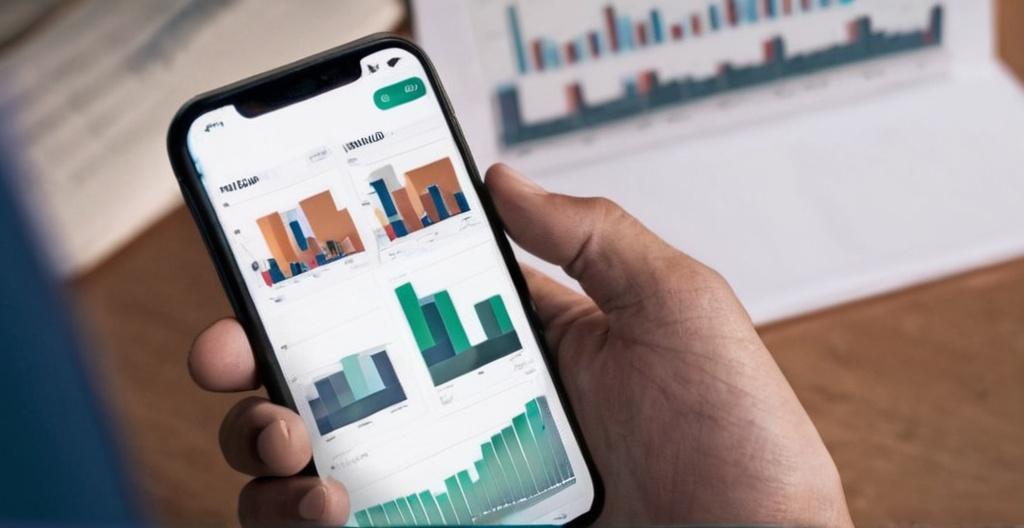Key Take Aways About Margin and Collateral Management
- Margin allows traders to control larger positions with smaller account balances, acting as a security deposit.
- Initial margin determines buying power; maintenance margin requires a minimum balance to avoid margin calls.
- Leverage can boost gains but also increases risk, demanding careful risk management.
- Collateral backs margin accounts, protecting brokers against potential losses.
- Proper collateral management shields traders from market volatility.
- Understanding margin and collateral is crucial for balancing risks and rewards in trading.
- Trade wisely with a clear financial strategy and market awareness.

Understanding Margin in Trading
Margin isn’t just a mysterious figure on your trading app; it’s your ticket to trade a bigger slice of the pie. Ever wondered how traders manage to control vast sums with a modest account balance? It’s all about margin. Think of it as a security deposit that lets you borrow money from your broker to magnify your trading position. This leverage amps up your potential gains, but beware; it also cranks up the risk.
When you open a margin account, the broker requires you to deposit a specific amount, known as the initial margin. This amount varies based on the asset, but it essentially sets the stage for how much buying power you have. Once you start trading, the maintenance margin comes into play, dictating the minimum equity you must maintain in your account to keep your positions open. Fall below this, and you might get a margin call—a friendly nudge from your broker to top up your funds. Ignore it, and your positions might get liquidated faster than you can say “stop-loss.”
Margin: Friend or Foe?
Leverage is like that extra slice of cake you know you shouldn’t have. It’s tempting, can be rewarding, but might also lead to a stomachache—or in trading, a hefty loss. A savvy trader assesses risks and sets appropriate stop-loss levels to ensure they don’t lose more than they can afford. Always remember, with great leverage comes great responsibility.
The Role of Collateral in Trading
When it comes to collateral, think of it as the comfort blanket that assures your broker you mean business. This collateral is what backs your margin account. It’s usually a portion of your own funds or position value that you pledge against potential losses.
Collateral Management: Keeping the Balance
Collateral management is essentially juggling act to ensure the broker’s risks are covered while granting you sufficient trading power. A well-maintained collateral portfolio can safeguard you against sudden market fluctuations which could otherwise wipe out your positions.
Margin and Collateral in Action
Imagine you’re eyeing a promising stock but short on funds. Your margin account steps in, leveraging your deposit to allow you to buy more shares than you could with your cash alone. Here’s where collateral comes into the picture. The assets you hold reassure your broker that even if the market goes south, they have something to hold onto.
A friend once gambled big, leveraging his margin account to trade futures. Initially, it was like a dream ride, but the market took a nosedive, and his collateral, a mix of stocks and securities, was called in to cover his losses. It was an expensive lesson in the importance of prudent leverage and robust collateral.
Risks and Rewards
In the realm of trading, margin and collateral are indispensable tools. They offer a path to amplify gains but are equally laden with risks. For the astute trader, understanding and managing these elements is not just about maximizing earnings. It’s about playing the game with a level-headed approach.
Armed with knowledge of margin requirements and collateral strategies, traders can make informed decisions. The balance of risk and reward hangs on more than just figures on a screen; it involves knowing and respecting the game’s rules.
So next time you spot a trading opportunity, remember it’s more than just numbers and charts. Margin and collateral offer a deeper layer, bridging the gap between potential and peril in trading. Always trade with a clear understanding of your own financial position and the market conditions. This way, you can navigate the ups and downs with confidence and, hopefully, a touch of humor to keep things light.